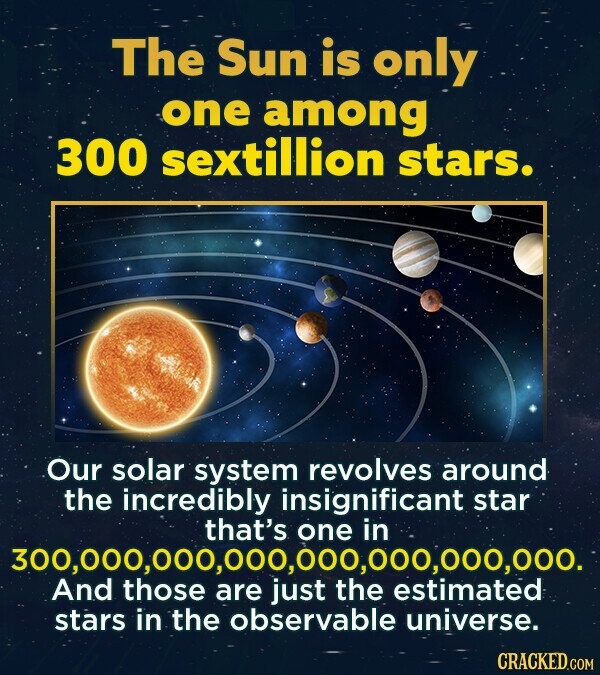13 Scientific Reminders Of How Insignificant Humans Are

Humans like to think of themselves as important, influential members of the world. But when you really look at the scientific evidence, it's clear that we are actually quite insignificant. Our planet is just one tiny speck in a vast universe, and even our species is nothing compared to the multitude of other life forms on Earth. With this perspective in mind, it's easier to see how unimportant our everyday problems and concerns really are. In the grand scheme of things, they don't matter at all.
In 1958, an American astronomer named George Gamow published a book called "One Two Three... Infinity: Facts and Speculations of Science." In it, he outlined what is now known as the Copernican Principle, which states that humans are not special in the grand scheme of things. This week, scientists reminded us of just how insignificant we are by announcing the discovery of a new planet that is located outside of our solar system. As exciting as this news may be, it once again highlights the fact that we still have a lot to learn about our universe. So while astronomers continue to explore the cosmos, let's remember that we're just tiny specs on a very large map.

Source: BBC
You’re A Star

Source: Natural History Museum

Source: PRB

Source: Smithsoninan

Source: Nature

Source: Smithsonian

Source: Slate

Source: ScienceDaily
The Sun

Source: NASA
Stars

Source: PMC

Source: NASA
Dark Energy

Source: NASA

Source: BBC